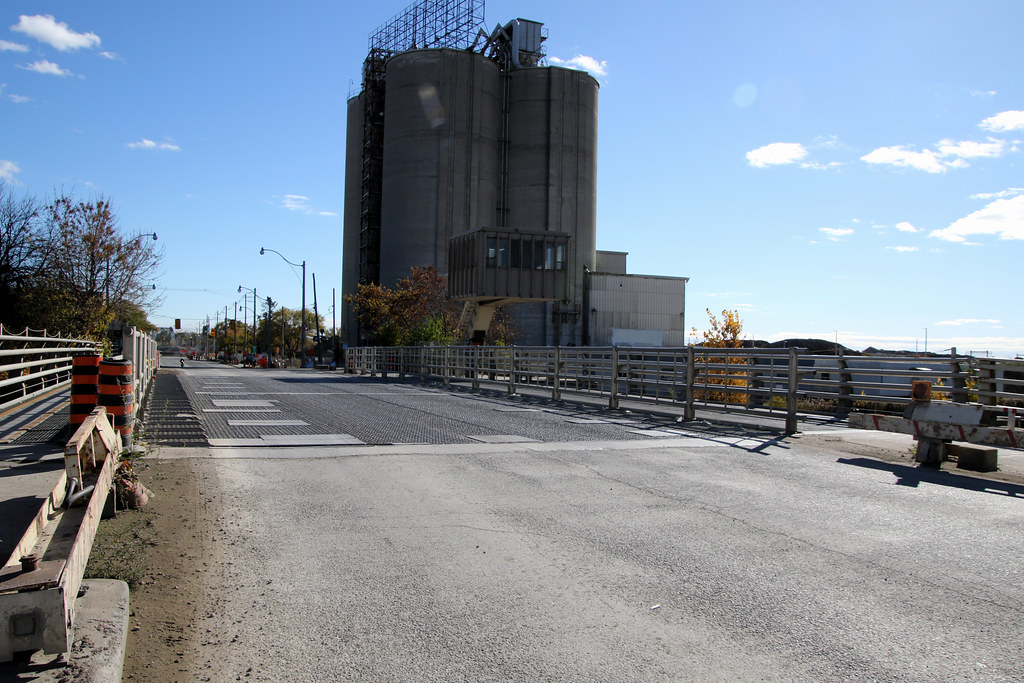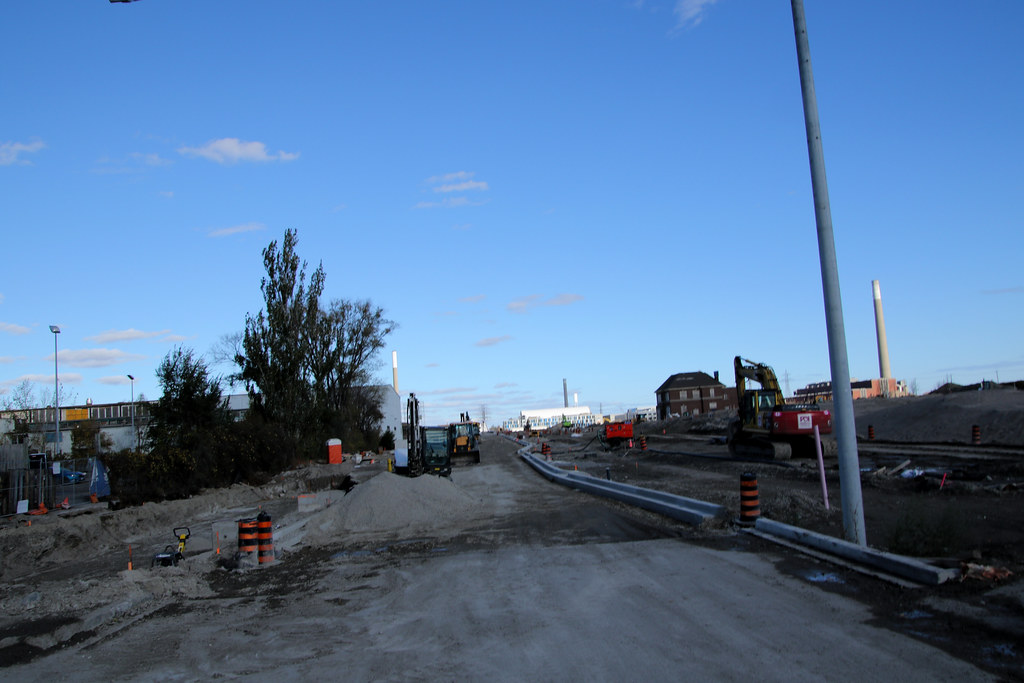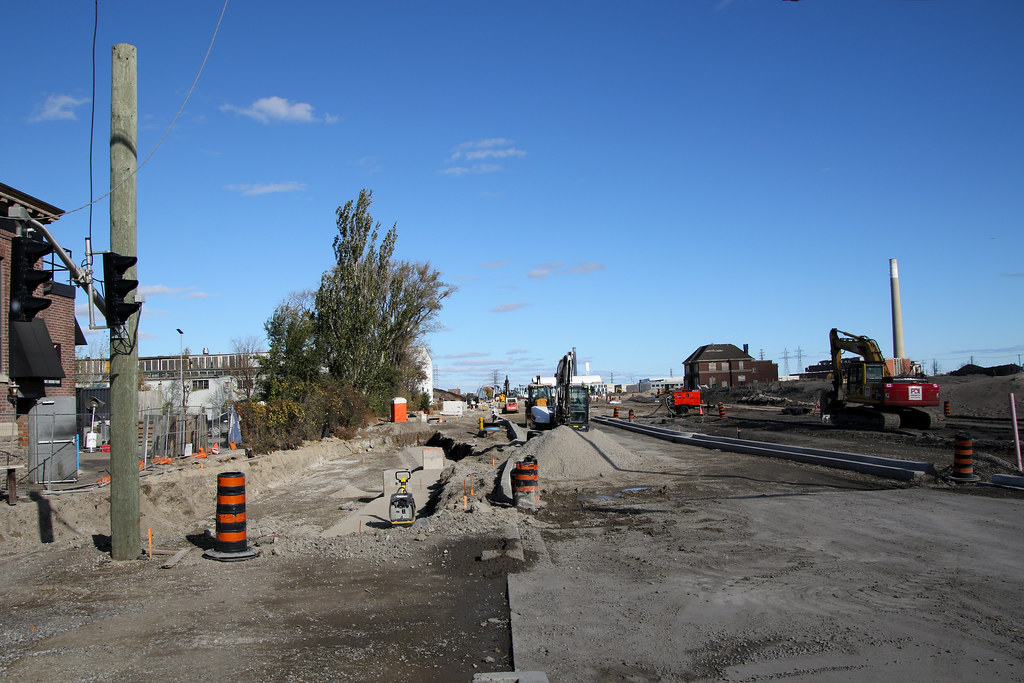Disclaimer: this isn't directed at you specifically, but someone needs to say it out loud. Please just hear me out before anyone makes up their mind to disagree.
It would have made alot of sense and it is possible physically. Yet because we prefer too look 5 years into the future, city Hall decided to invest in repairing it, and has already awarded contracts. It is at a point where we can no longer do a u-turn and change course. This is something the boulevard advocates don't understand either.
The best time to plant a tree is 50 years ago, the second best time is now.
We understand the sunk cost, we just think it pales in comparison to the cost of keeping and maintaining the Gardiner until it's time to have this conversation again - both directly and indirectly.
Pro-Gardiner Rebuild advocates typically bring up the sunk cost as the principle argument, and when you do the cost-benefit analysis on a limited enough time frame, they're correct.
But what about the developable land both for housing and tax revenue that opens up when it's gone? And that isn't even all of it. The issue I have is we're not looking at the whole picture, and
we're not thinking big enough. There's
SO many taxable positive externalities that have not been quantified in this cost-benefit analysis approach, let alone quality of life improvements, that come from removing the Gardiner. Think of the potential over the next 40 years to attract investment and tax revenue along a clean, quite, downtown, waterfront corridor of one of North America's 4th largest city.
That's only one aspect of the fiscal argument. Walk from Front St to Queen's Quay today - it takes 10 minutes and it sucks. Reflect on just how much better it could be with an overbuilt park along the rail line, no highway, fully built out Port Lands, and bridge connected cycle track around the Inner Harbour. We don't need a huge boulevard to replace all the traffic flow, just copy and paste Spadina Ave with a cycle track and more trees. I
guarantee that option generates more revenue than the Gardiner in the long term.
Where's all the traffic going to go with the Gardiner gone?
This is an extremely common misunderstanding of transportation planning, the premise being that the number of people driving will stay the same, and it's patently incorrect. Every piece of modern research disputes this when using time frames more than 3 years. It is not the fiscal responsibility of urban Toronto taxpayers to enable ex-urban dwellers to drive personal vehicles anywhere they like. No tourist goes to Manhattan or Tokyo expecting to drive everywhere, this is no different (if we do the next bit).
People will not stop coming downtown if there is a moderately efficient way to get around, the question is how. The central piece to the Gardiner removal is: we absolutely must substantially improve the public transit experience in Toronto. That's everything from signal priorities and headways, to platform doors; we need another major downtown station to provide redundancy to Union. Along with widespread cycling,
it's the only way we're going to solve our transportation problems as this city continues to grow during a climate emergency.
The alternative is to use the sunk cost fallacy and poorly researched planning principles to condemn our future to pollution and congestion. And when our problems don't change, we can all blame immigrants and poor people, vote to reduce taxes, and end up exactly where we already are.
















